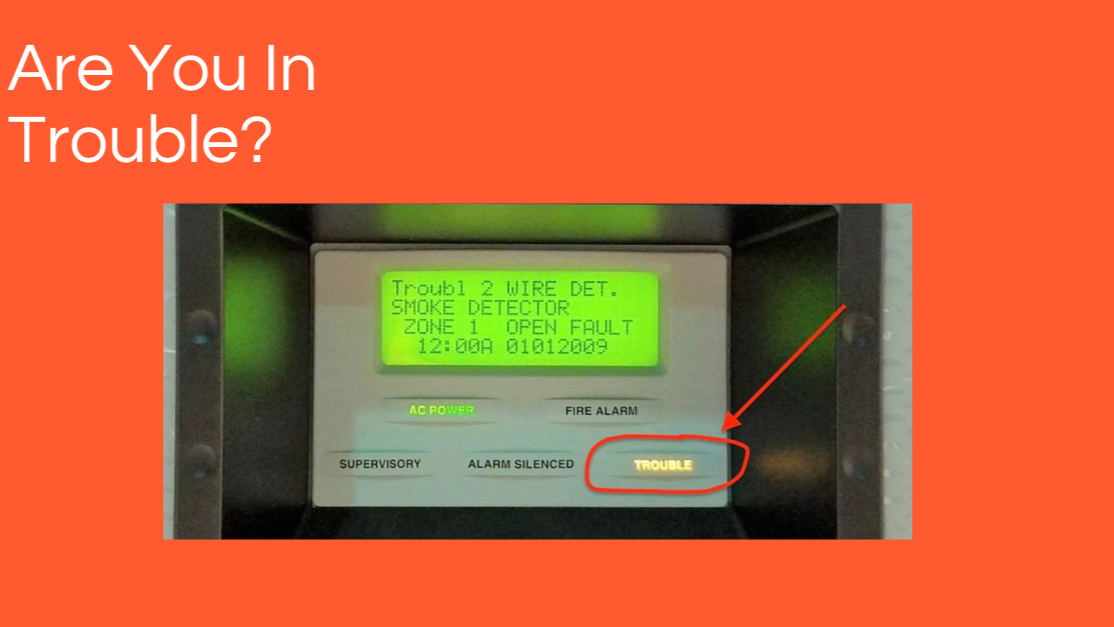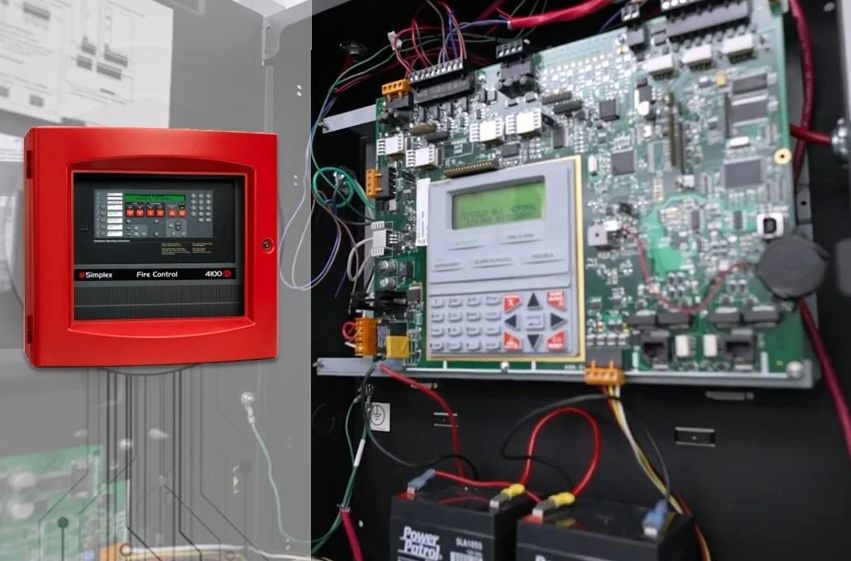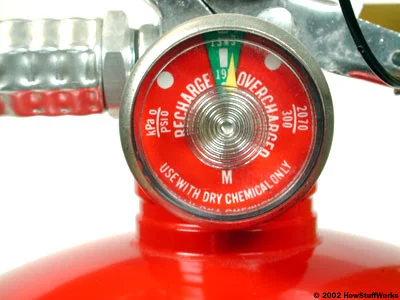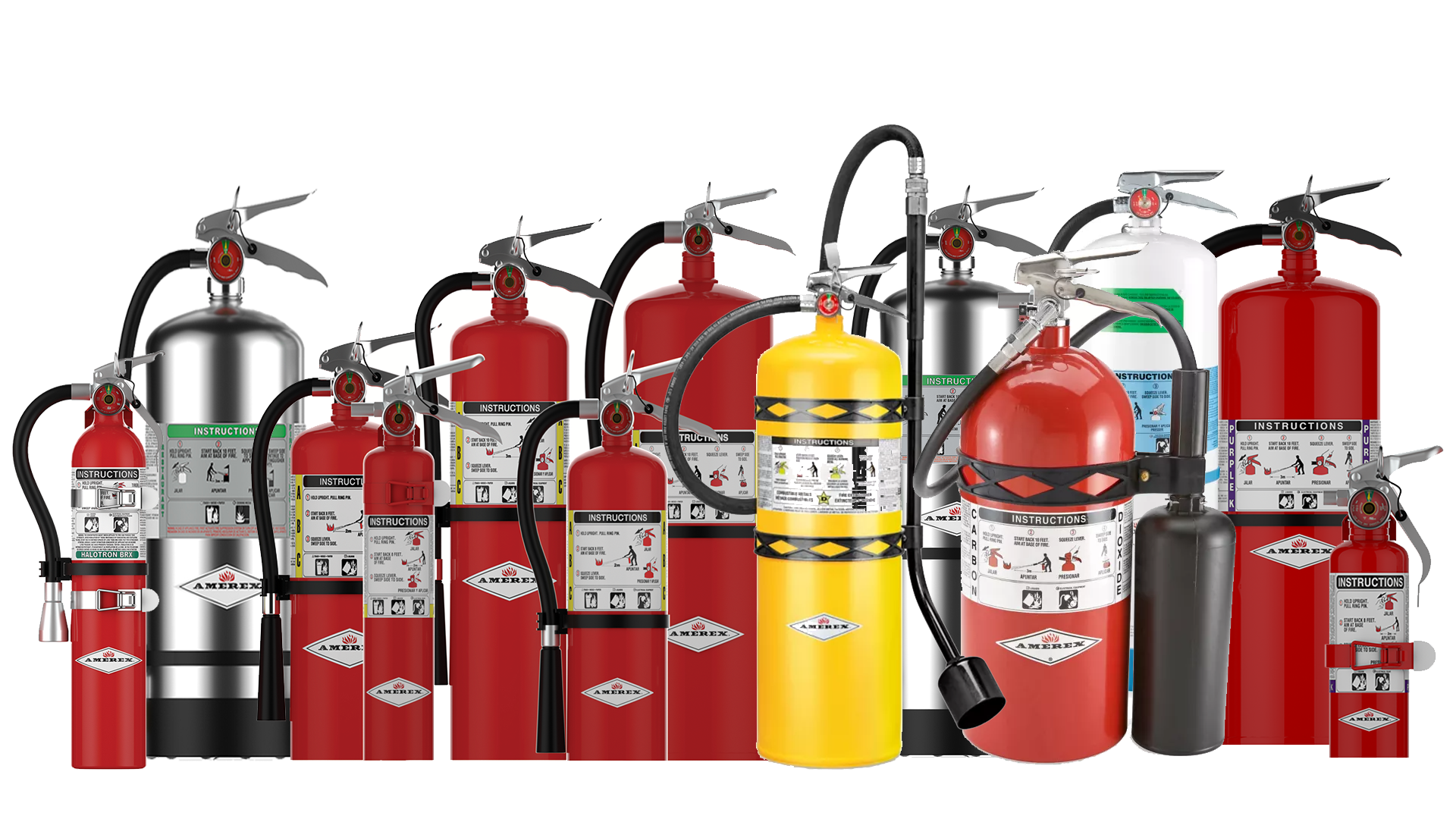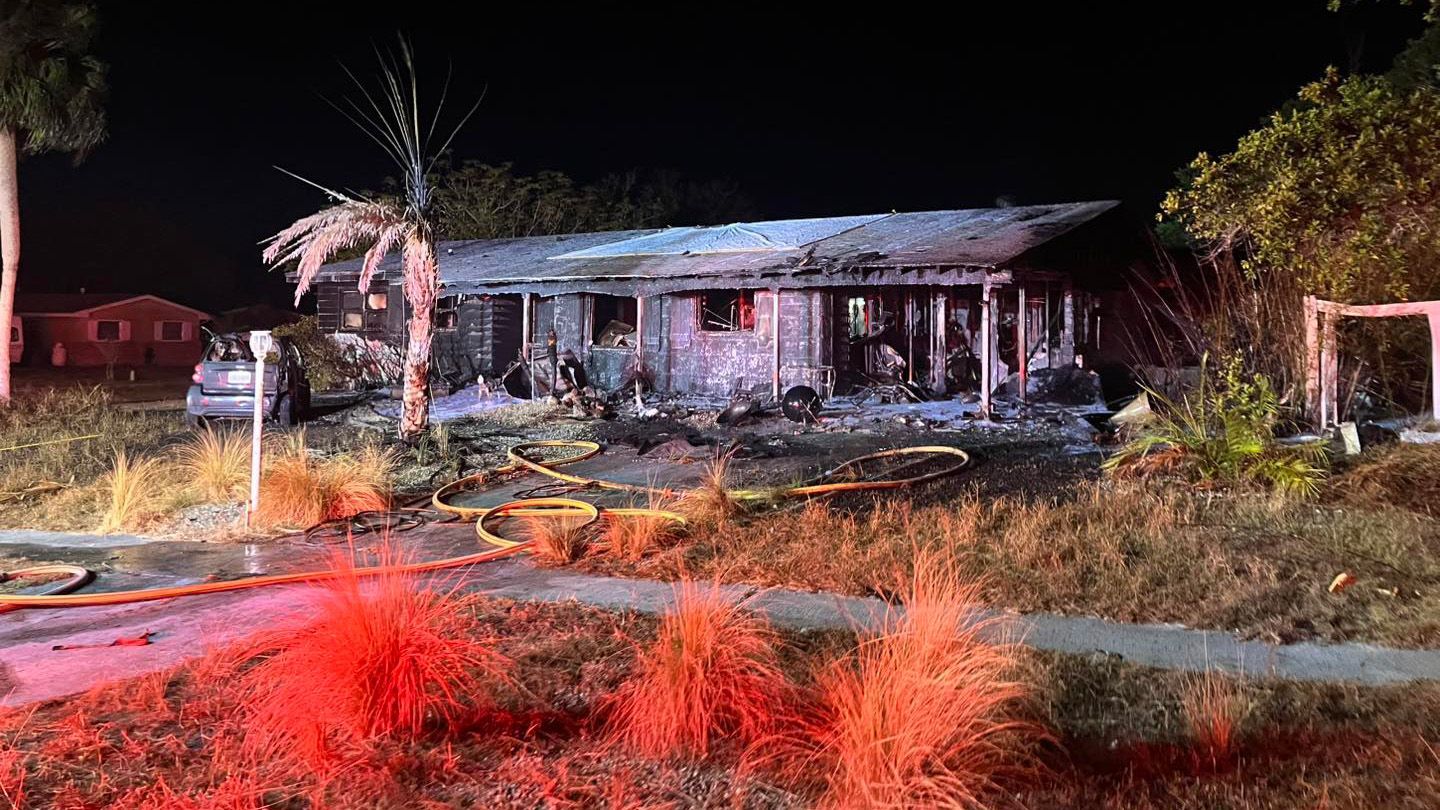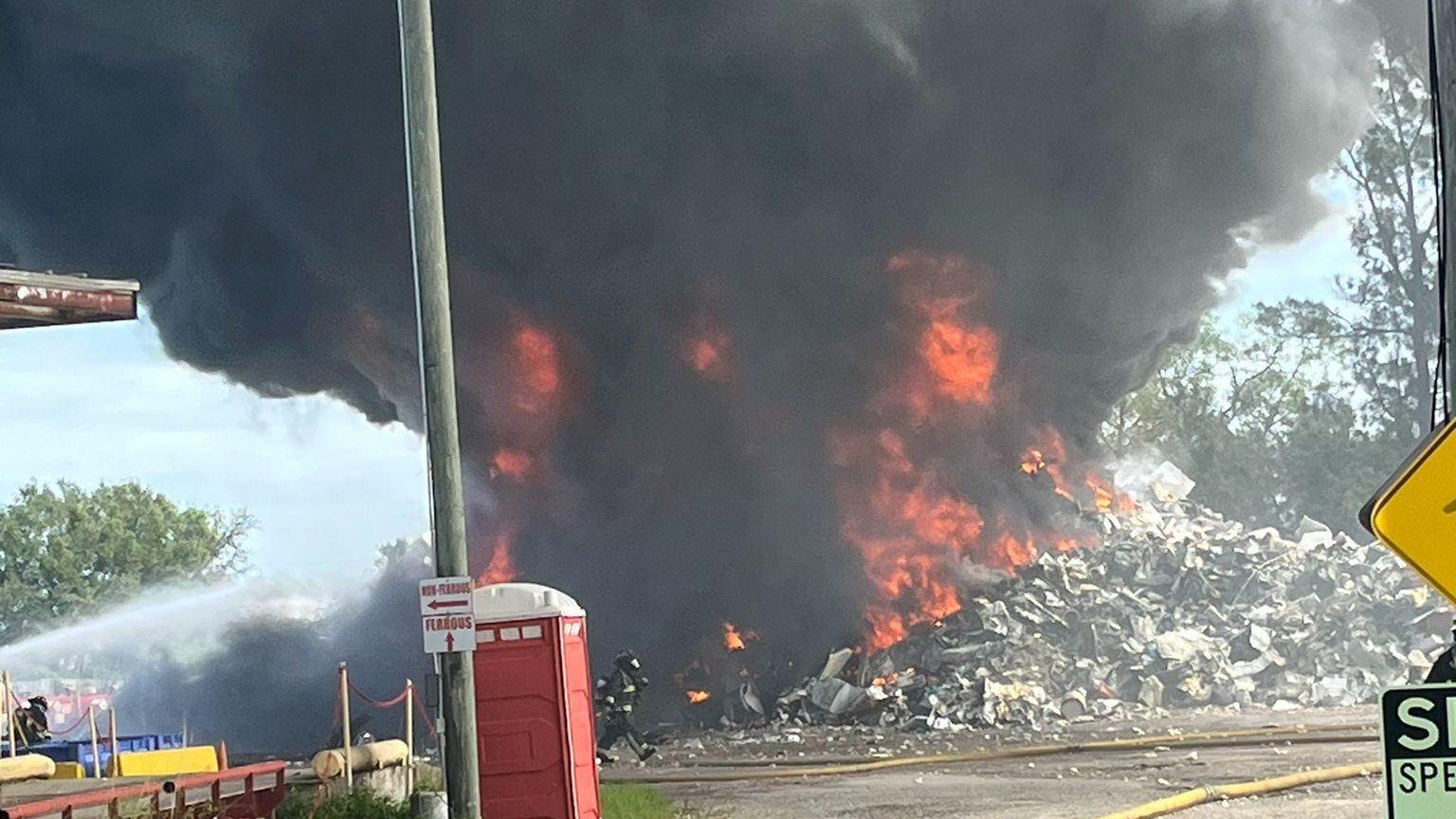Emergency Lights Inspection: Why Regular Check-Ups are Essential for Fire Safety
When the alarm rings and smoke begins to fill the hallways, the blaze of emergency lights can mean the difference between chaos and an orderly evacuation. However, these vital lights can easily be overlooked in day-to-day operations, opening the door to potential dangers and significant liabilities if they malfunction in a crisis. As a property manager, understanding the critical role of emergency lights and the need for regular inspections is paramount to maintaining safety standards.
The Importance of Regular Inspections of Emergency Lights
Emergency lights are designed to provide illumination during power outages, ensuring safe and efficient evacuation in the event of an emergency. Regular inspections are essential to guarantee that these lights are in optimal condition and can perform their function when needed most. Without these inspections, undetected malfunctions can lead to reduced visibility, confusion, slower evacuation times, or even injuries during emergencies, risking lives and leading to potential legal consequences.
What is Involved With an Inspection of Emergency Lights
A thorough inspection of emergency lights is a multi-step process that involves a comprehensive assessment of the system's overall functionality. This meticulous process includes various key components, each designed to guarantee that the lights will work as expected during an emergency.
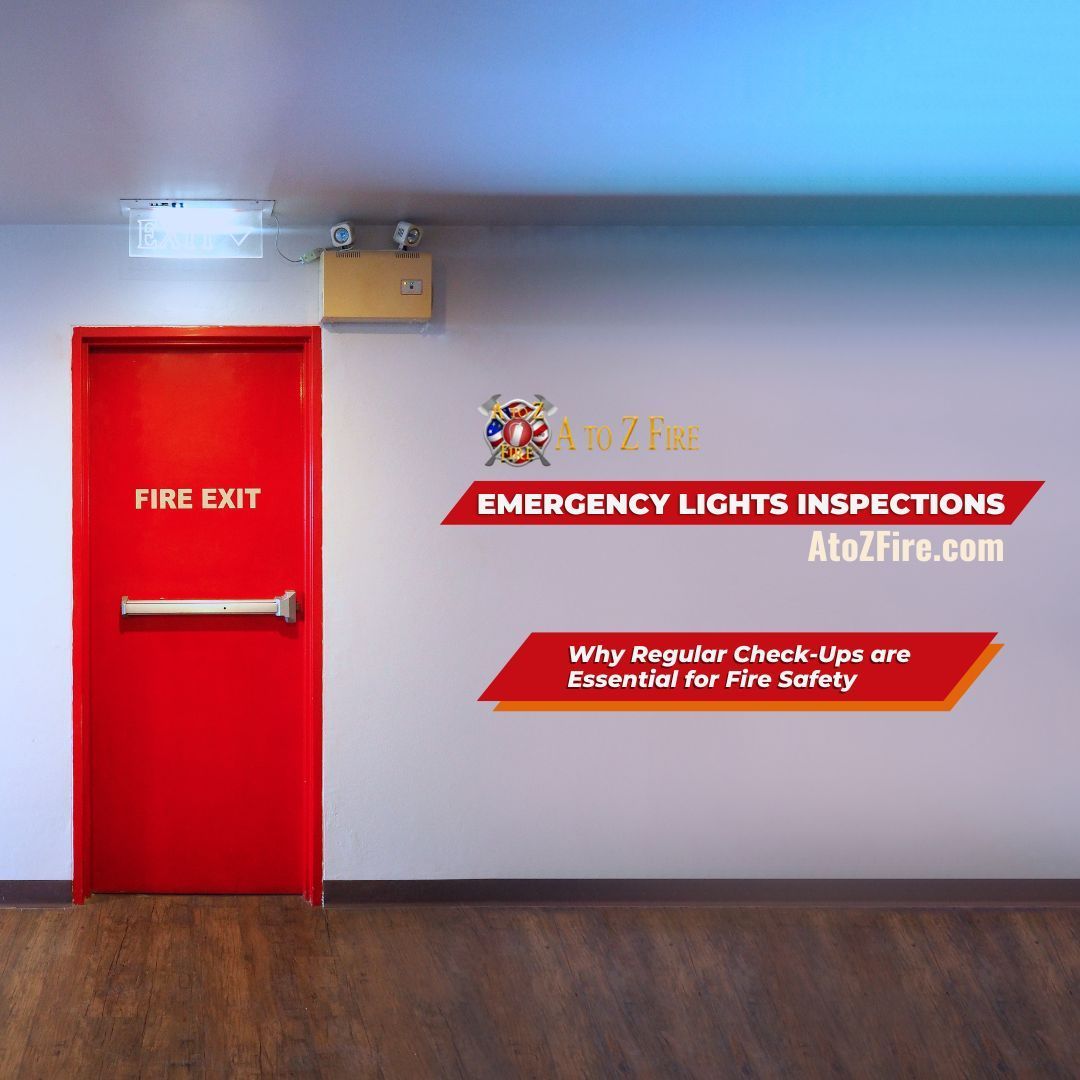
Bulb and LED Integrity Check
The first step involves examining the integrity of the bulbs or LEDs. This inspection ensures that the light source is functioning correctly and that it has not burned out or dimmed significantly. It includes checking for physical damage, testing brightness levels, and replacing any components that are not up to par. In the case of LED-based emergency lights, inspectors look for signs of degradation or changes in color, which might indicate that the LEDs are nearing the end of their service life.
Battery Backup Systems Testing
Battery backup systems are the heart of emergency lights, providing power during outages. These systems need regular testing to confirm that they can provide power for the duration mandated by safety regulations. This involves disconnecting the lights from their power source to simulate a power outage and observing if the lights stay on for the required amount of time. If the lights go out prematurely, it may indicate that the battery is failing and needs to be replaced.
Lighting Levels Assessment
Ensuring appropriate lighting levels is crucial for effective evacuation during emergencies. During inspections, light meters are used to measure the amount of light produced by the emergency lighting system. These readings are then compared against the requirements set out in fire safety standards. Insufficient lighting can result in poor visibility during evacuations, increasing the risk of accidents.
Sensor Functionality Verification
Emergency lights rely on sensors to detect when power has been lost and to switch on automatically. During an inspection, these sensors are tested to ensure they are sensitive and responsive enough to activate the lights quickly during a power outage. This is typically done by simulating a power outage and observing how quickly and reliably the lights switch on.
Overall System Performance Check
Finally, the overall performance of the emergency lighting system is evaluated. This includes an assessment of the light distribution to ensure it effectively covers all designated emergency routes and exits. Inspectors also check if the lights are correctly aimed and positioned.
Moreover, a visual inspection of the system's wiring and connections is performed, looking for any signs of wear and tear, corrosion, or other damage that might impact the system's performance. Any issues discovered during this assessment are noted for immediate correction to ensure the system's reliable operation during an emergency.
Regular inspections are not just about identifying and fixing issues; they also offer an opportunity for preventative maintenance. This proactive approach helps in prolonging the lifespan of the emergency lighting system and reducing the likelihood of unexpected malfunctions. It is a crucial step towards ensuring a safe and efficient evacuation when it matters most.
Frequency of Inspections and Potential Problems
According to fire safety standards, inspections of emergency lights should be carried out monthly and a more thorough annual inspection. Monthly checks primarily involve testing the lights for a brief period, while annual inspections require a full 90-minute test under simulated power failure conditions.
Neglecting these routine inspections can lead to unnoticed issues, such as burned-out bulbs, depleted batteries, or faulty wiring. Each of these issues can cause emergency lighting systems to fail or underperform during critical moments, posing significant safety risks.

The Role of Property Managers in Emergency Lights Inspection
Property managers have a critical responsibility to ensure the safety of their buildings' occupants. This duty involves scheduling and overseeing regular inspections of emergency lighting systems. Keeping track of inspection dates, coordinating with fire safety experts, and addressing issues promptly are all tasks within their purview.
Ensuring that inspections are performed by qualified professionals is also crucial, as they have the expertise to identify problems and provide the necessary solutions. By taking a proactive approach, property managers can significantly reduce the risks associated with malfunctioning emergency lights.
Schedule Your Emergency Lights Inspection
As we've seen, regular inspection of emergency lights is not just a compliance issue – it's a matter of safety. Don't leave it to chance. Schedule your emergency lights inspection with A to Z Fire.
You can reach us at our Pinellas location at 727-865-1050, or drop us an email at info@atozfire.com. We are located at 1035 Highland Ave N, Largo, Florida 33770.
If you're closer to our Hillsborough location, you can call us at 813-350-0665 or email at info@atozfire.com. We are located at 1505 Busch Blvd, Tampa, Florida 33612.
At A to Z Fire, your safety is our highest priority. Schedule your inspection today.
Click On The Social Icon Below To Share This Article
